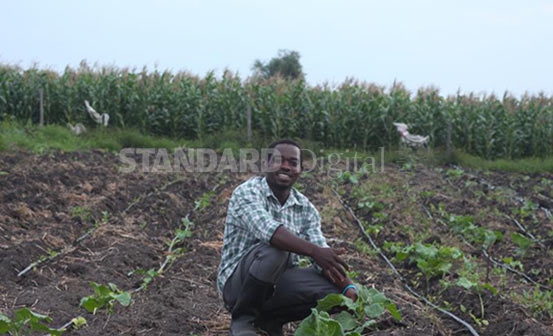×
The Standard e-Paper
Informed Minds Prefer The Standard

Many scientific reports have indicated that the world is growing drier with time. While the exact rate of global warming has been highly contested by scientists, many tend to agree with this reality. Africa will be particularly worse hit.
Farmers therefore need to realise it is no longer business as usual. Rain-fed agriculture is becoming increasingly unreliable especially in the drier areas where the issue is more about getting any water, than it is about managing the water resources.